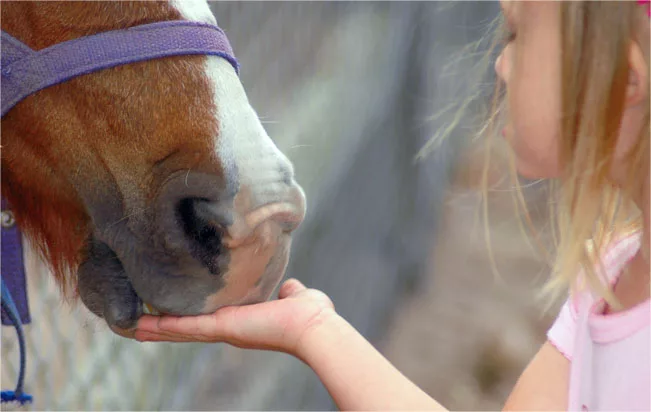American Farriers Journal
American Farriers Journal is the “hands-on” magazine for professional farriers, equine veterinarians and horse care product and service buyers.

If there’s a nutritional buzzword for the twenty-first century, it’s fat. While we struggle to keep our own diets as low fat as possible, it’s only in recent years that your hoof-care clients have recognized the value of raising the fat levels in the equine athlete’s diet.
Of course, the average human diet (at least in North America) contains far more than the maximum 30% fat that’s recommended for good health. By contrast, the horse’s natural diet contains almost no fat at all.
Forages and fibers contribute no fat, and most grains fed to horses contain only 2% to 3.5% fat. While this leaves the horse at low risk for cardiovascular clogging, it means that carbohydrates have traditionally been considered the obvious and “natural” energy source for performance horses. As a result, it has rarely been factored in beyond that little splash of corn oil that helps provide a shiny coat.
Only in the last couple of decades have we begun to realize that fat is also a valuable energy source — one with many advantages for horses.
High-fat diets (anything above the 2% to 3.5% supplied by a standard grain-plus-forage diet) provide several perks, most notably in terms of energy production for hard working horses. Pound…